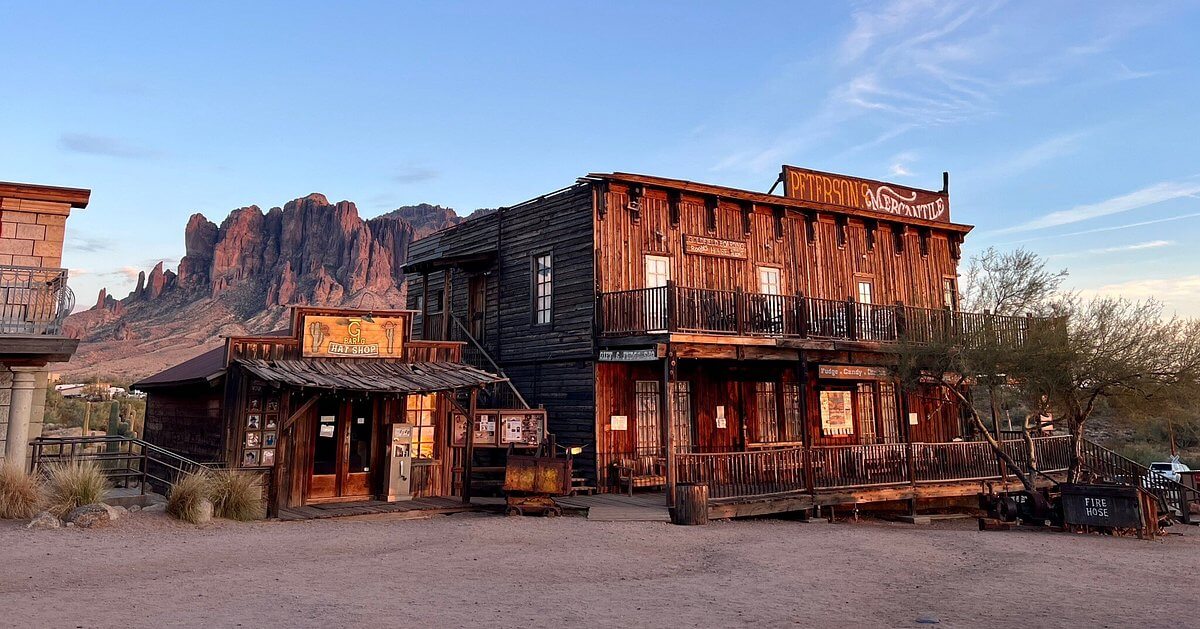
Do you ever wonder who (or what) lives all around us? If you’re a fan of paranormal activity, plenty of ghost towns in America are eager to usher you back to another place in time.
Below, you’ll find plenty of paranormal potential in (mainly) former mining towns where the boom was big and the collapse was catastrophic. As the winds of fate blow you through some old schoolhouses and saloons, you can pause to wonder what life was really like in the wild, wild west.
Bannack, Montana
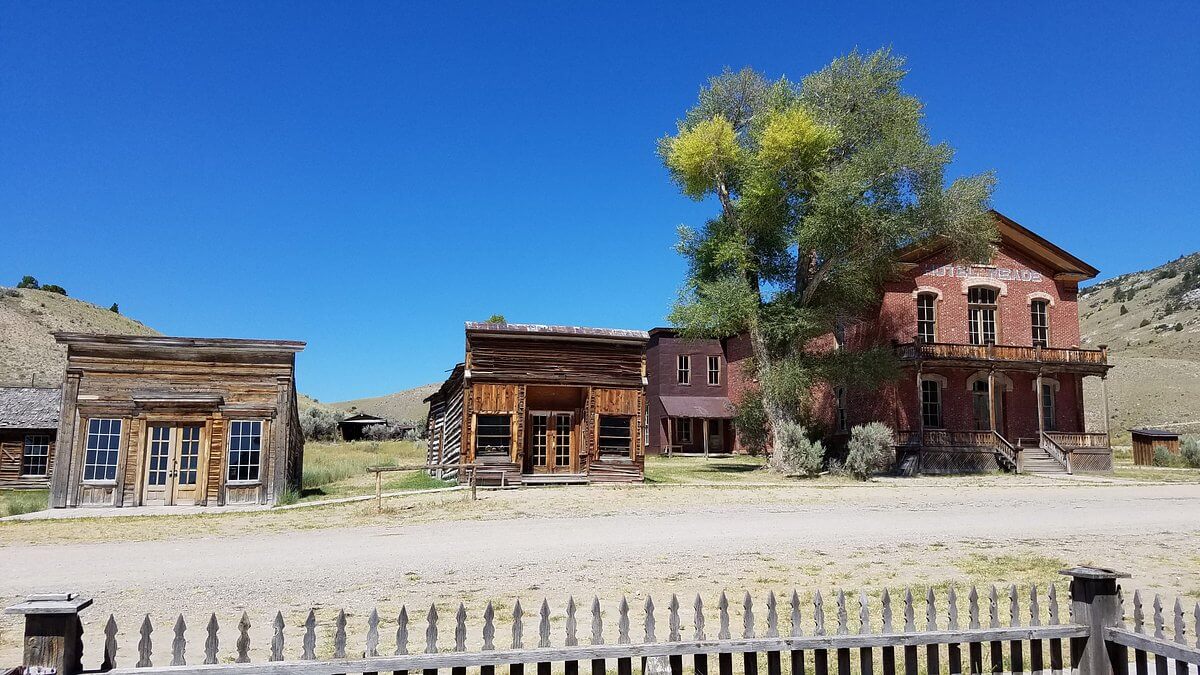
Towns that were once part of the Gold Rush are some of the most notable ghost towns in existence today. Where there once was a big boom, now there only remains whispers of the past.
Bannack is a great example of this. Founded in 1862, it was named after a local Native American settlement. When a huge deposit of gold was extracted, the town blossomed to a population of about 10,000.
As the town declined, a few people held on as long as the 1970s. Now, it’s nothing more than rusty train cars and vacant buildings.
Garnet, Montana
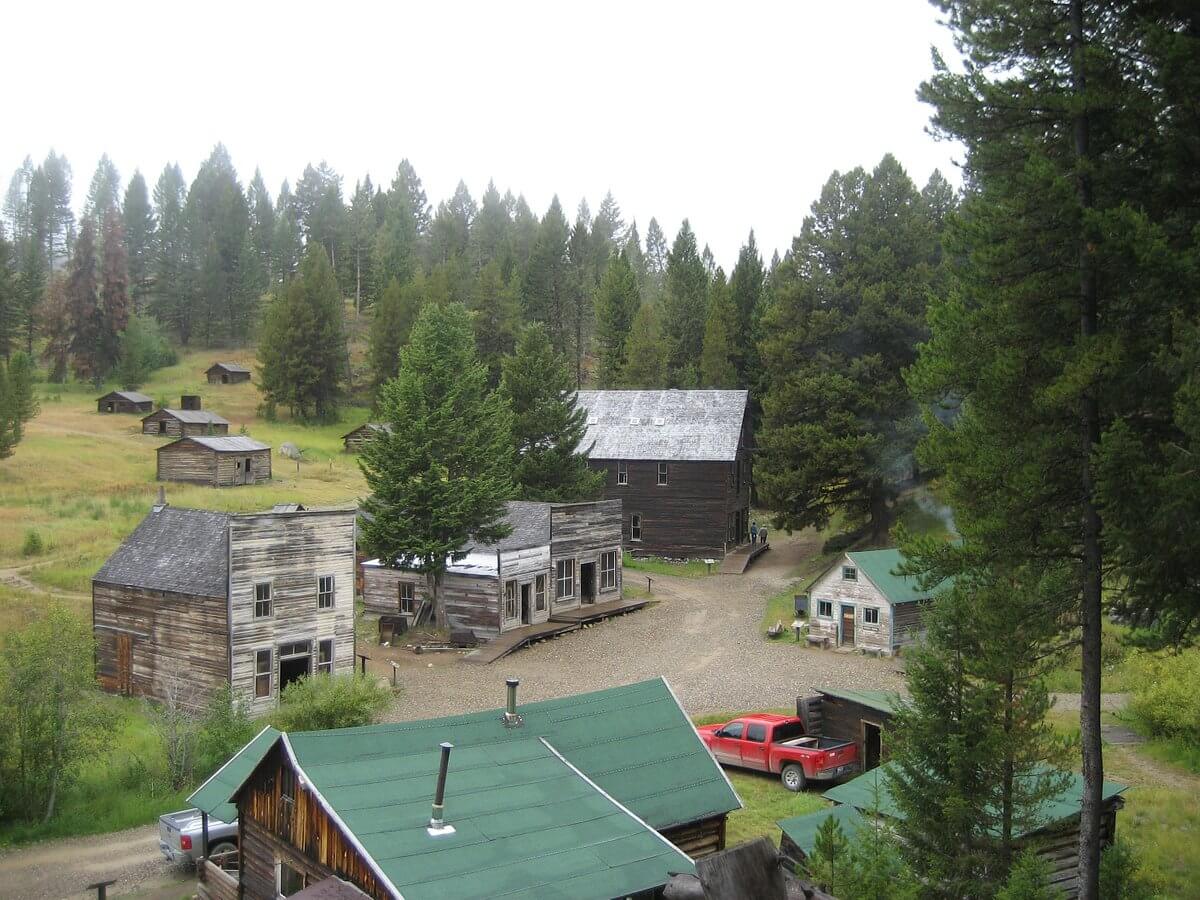
Aptly named for its semi-precious gems in the land, as well as gold, Garnet must’ve been beautiful in its heyday. It was home to four hotels, two barbershops, a doctor’s office, a school, and a whopping 13 saloons.
One has to wonder if it would’ve survived, even when the mines started running out of gold. In fact, a fire in 1912 took out half the town. Most of the residents abandoned the ship after the fire, and it never came back to life.
Today, you can still wander around 30 of the old buildings and even peek inside untouched interiors, complete with personal belongings of the ghosts that now roam the streets.
Bodie, California
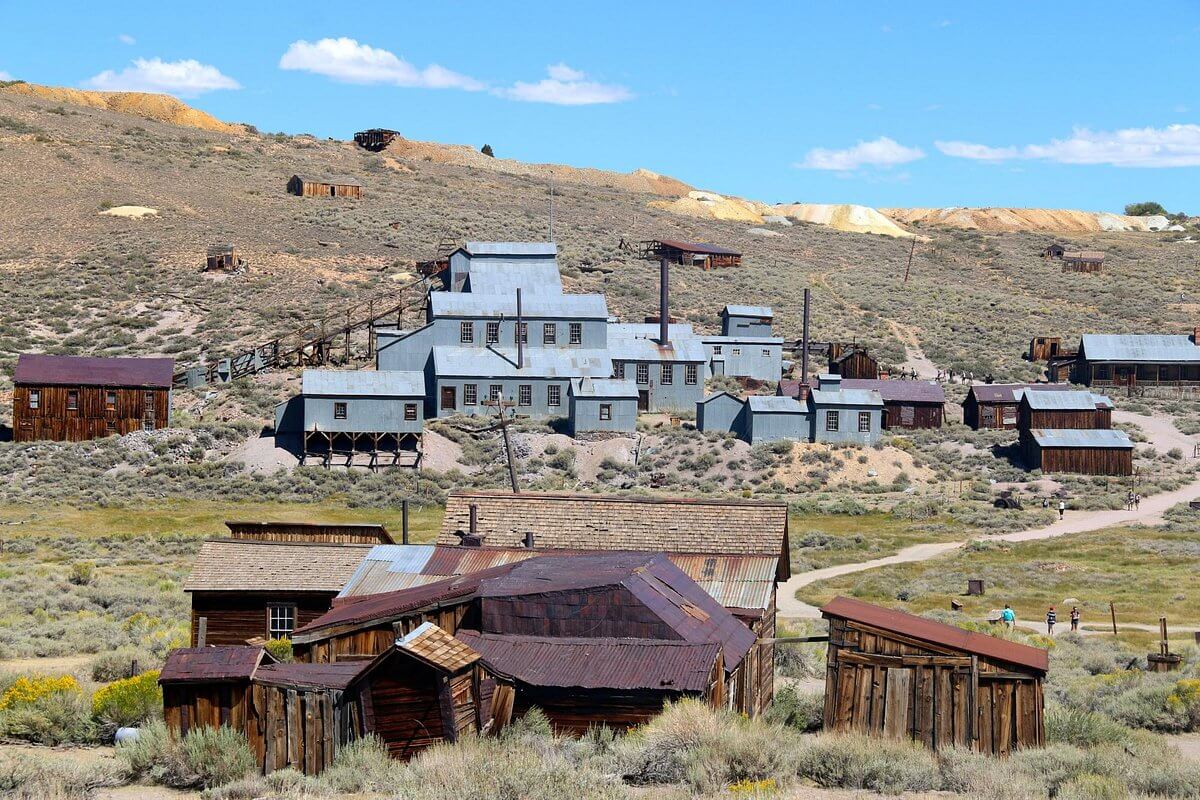
Here, we have another gold mining town that was everything we’d imagine it to be in its heyday. It’s where the outlaws frequented the saloons and the beautiful women festooned the brothels.
Between the bust of the Gold Rush and the violence that comes with a lawless town, Bodie eventually died out. Then, a raging fire destroyed about 90% of the wooden structures.
If you go there today, chills will race up and down your spine because, when you look in the windows, you’ll see the tables are still laden with plateware and old books are still lying on the desks.
Cerro Gordo, California
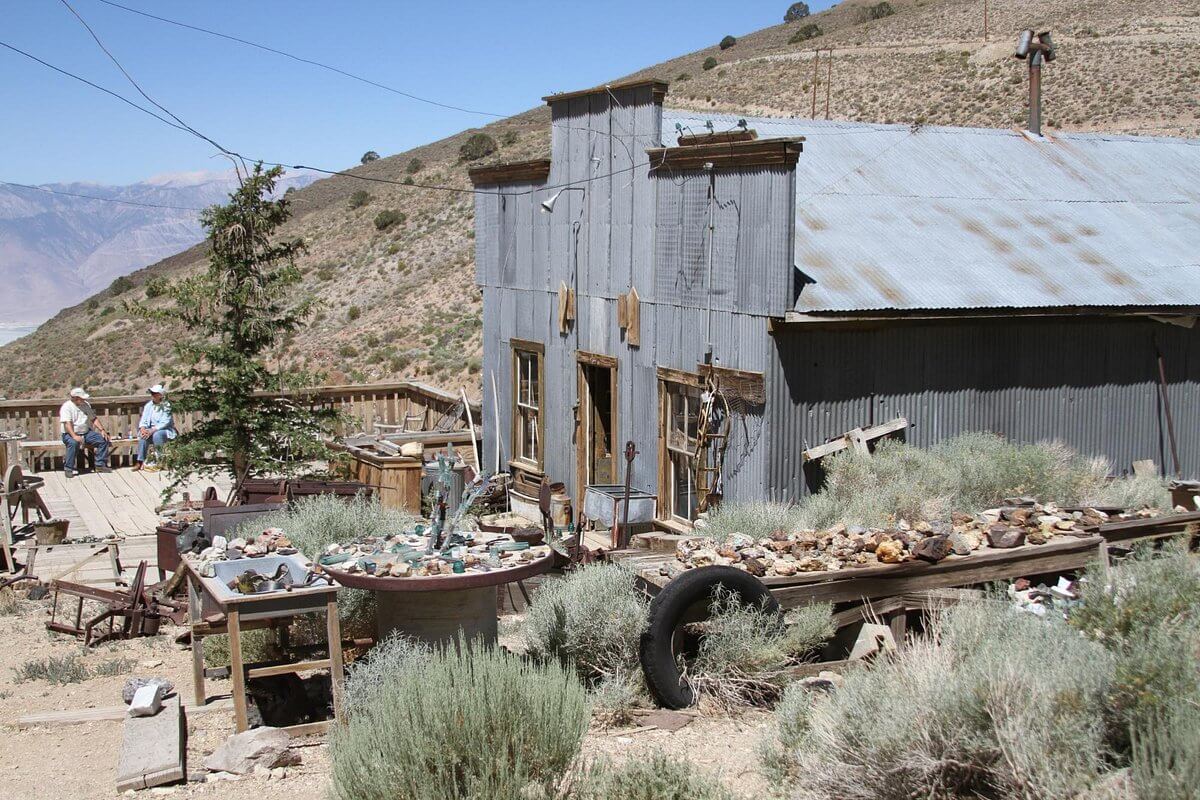
In 1865, a man named Pablo Flores discovered silver in the area and started a small mining operation. However, word spread quickly about the area’s resources, and other people moved in on his turf to mine not only silver but also the lead and ore that were later discovered.
As you can imagine, litigation ensued about who actually owned the town. Then, the price of lead and ore started to drop, diminishing some of the town’s allure. Things didn’t even last that long because it was completely abandoned by the late 1870s.
Now, two people officially own the town and allow the public to roam its haunted streets. Like Bodie, it’ll feel particularly eerie because many of the interiors are well-preserved, down to the old glass bottles and tools still lying on the tables.
Golden, Oregon
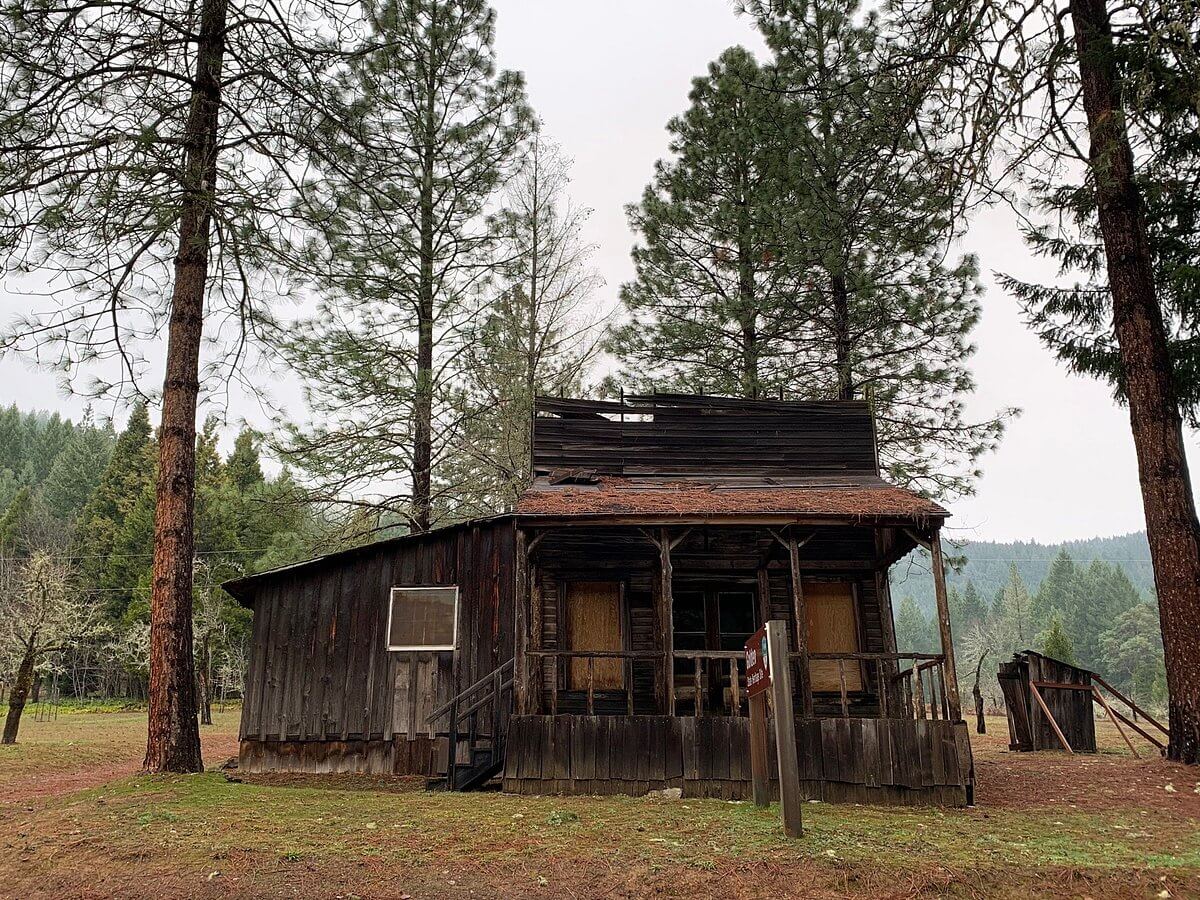
Let’s move from brothels to churches. Golden has a haunting feel, for sure, but it’s quite different from the ghosts that roam the streets of Bodie.
This, too, was a former mining town that collapsed, but what remains is very different: a beautiful wooden church. Golden was known for sidestepping the saloon scene, but couldn’t survive when the Gold Rush was over. Today, you can still see that haunting old church, a post office, and a former home.
Kennecott, Alaska
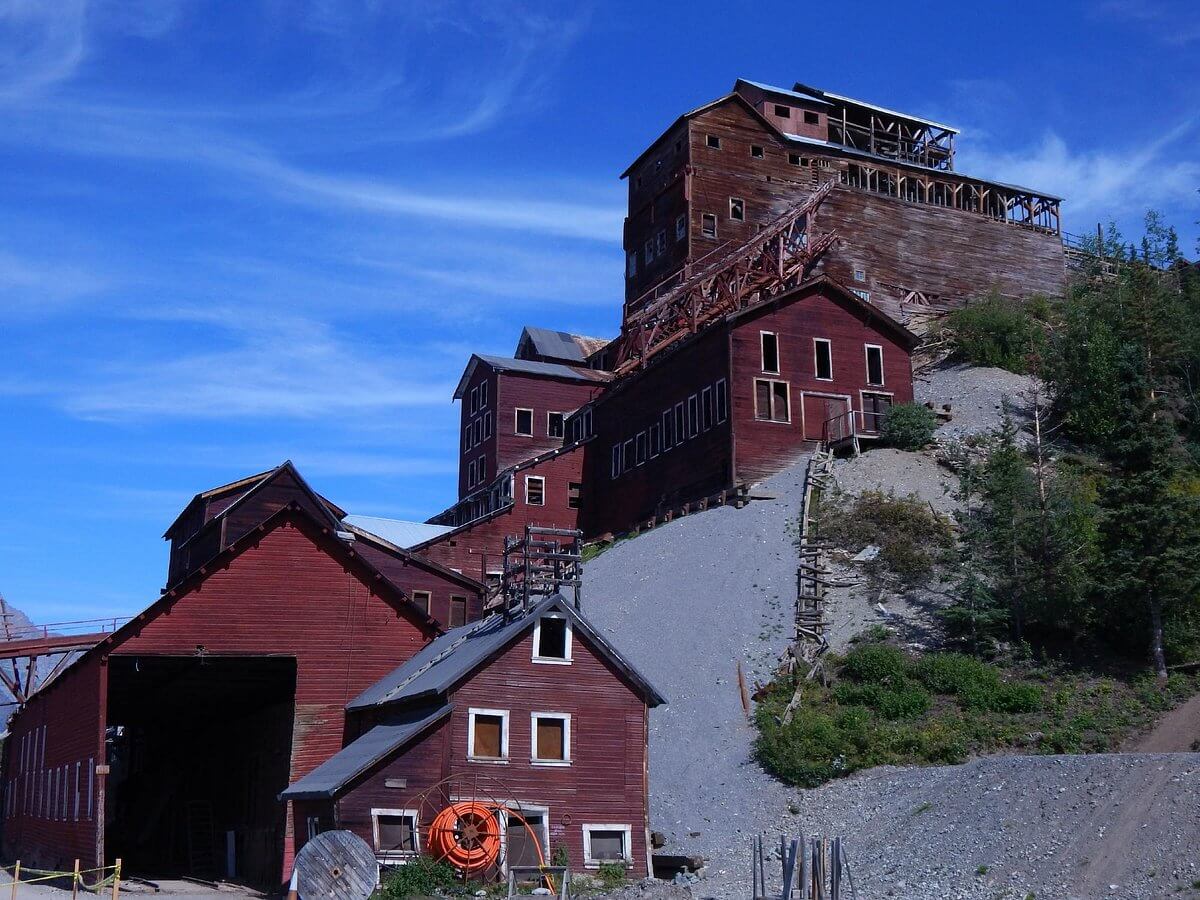
A little further west, you’ll find another mining town that didn’t survive – this time, a copper mining town. Kennecott was established in 1911 and didn’t go bust until the late 1920s. Sadly, the last train departed in 1938, leaving only the ghosts behind.
Today, the town is considered a national historic site. You can actually join a group of tourists and visit these haunted streets. Just don’t be surprised if the air feels a little different up there.
Rhyolite, Nevada
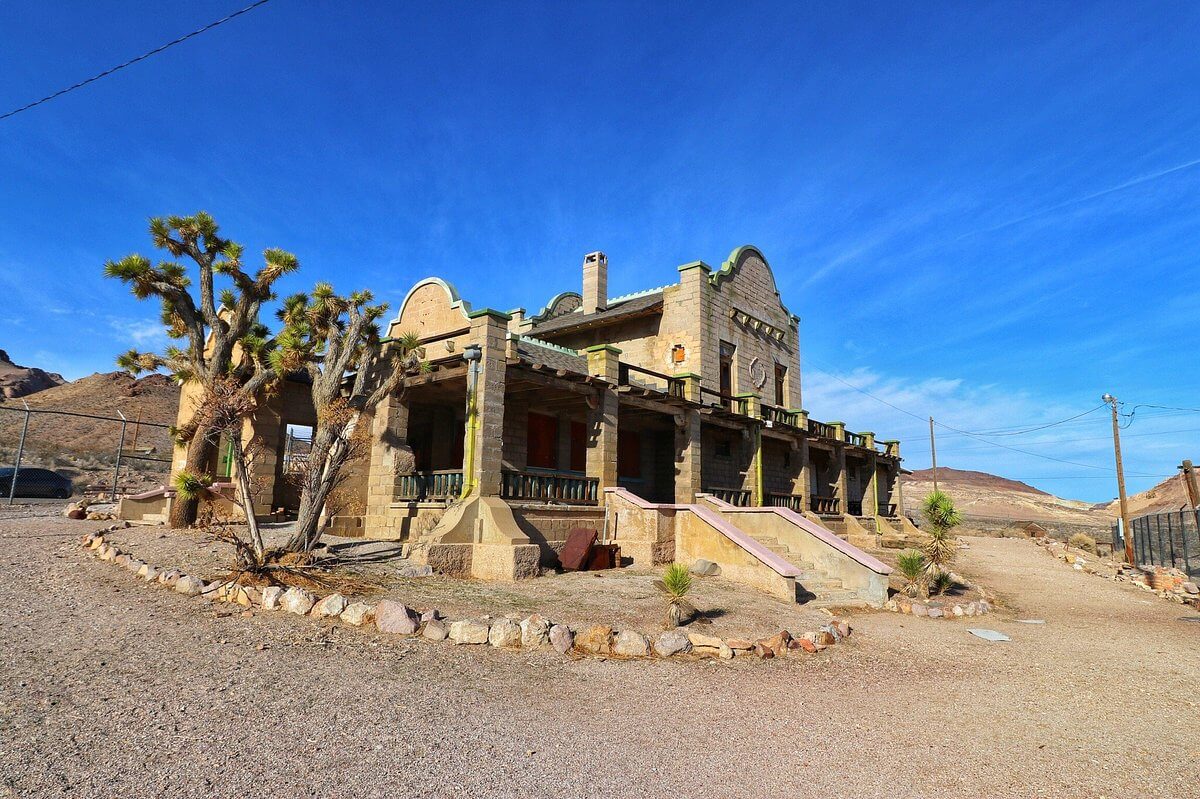
You’re noticing a theme, right? Here comes another mining town. This time, quartz was their ticket to success – until it wasn’t. Once the valuable resource was discovered, all kinds of mining camps popped up in the region. It took on that same outlaw look with saloons whose doors swung upon, day in and day out.
Things started to collapse around 1907. Then, in 1911, the main mine and mill, Montgomery Shoshone, closed down permanently. By 1916, the power was shut down, forcing anyone lingering in its wake to have to leave. Today, you can still see the dilapidated remains of the old bank and jail.
Manhattan, Nevada

Interesting name, right? In the mid-1860s, this city had its own golden period, thanks to the silver mining boom that hit its streets. By the early 1900s, it was home to an astonishing 4,000 residents.
In its heyday, Manhattan had its own shops, boutiques, electric lines, and telephone service. However, its boom was relatively short-lived because, by 1947, nearly everything was abandoned, leaving empty homes and shops in its wake.
But here’s the best part. Some people still live here! With about 125 residents still calling Manhattan home, it takes on an added feeling of eeriness. If you drive through the streets, be careful who you meet: you may not be able to tell if they’re a member of the living or the dead.
Silver City, Idaho
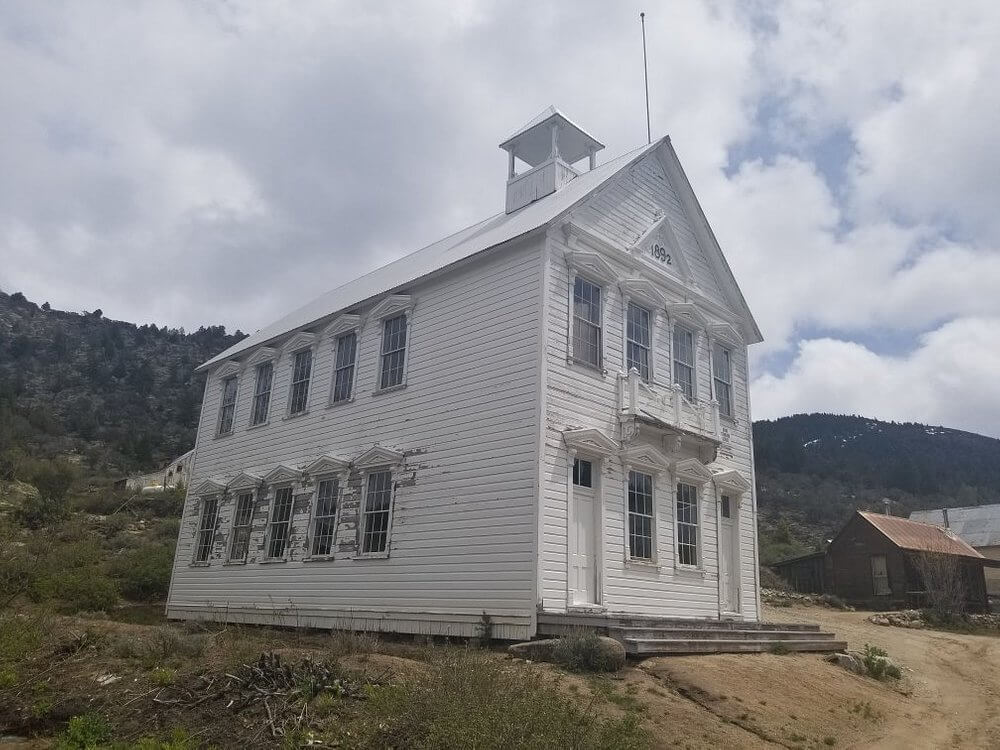
Once upon a time, Silver City was so important it served as the county seat for Owyhee County. People flocked here for its access to gold and silver. When things were really going well, about 2,500 chose to make this their home and 75 businesses opened their doors.
Sadly, when the mines dried up, so did the city’s significance. Today, this may be one of the coolest places to visit because around 70 of its buildings are still standing. Many of the miners passed them down through the generations and one family was even able to reopen the beautiful Idaho Hotel. This is another example of a half-ghost town, half-human town. One never knows who you might meet.
Gleeson, Arizona

Gleeson has an interesting history. It used to be named Turquoise because that’s what the Indigenous tribes mined once upon a time. When a local miner came to town, John Gleeson, the town was named after him because he set up a prosperous copper mining industry.
Sadly, a fire wiped out half the town in 1912. Then, it was rebuilt when the demand for copper surged again during World War I. However, the mines officially closed down again around 1930 and the town was mostly abandoned by 1939.
Like Manhattan, however, some people still call this town home! All that remains in operation is a general store. But, if you roam the streets, you can ponder over the ruins of an old saloon, jailhouse, and hospital. Better still, the old jail has been renovated into a museum, giving you an interesting glimpse back in time.
Goldfield, Arizona
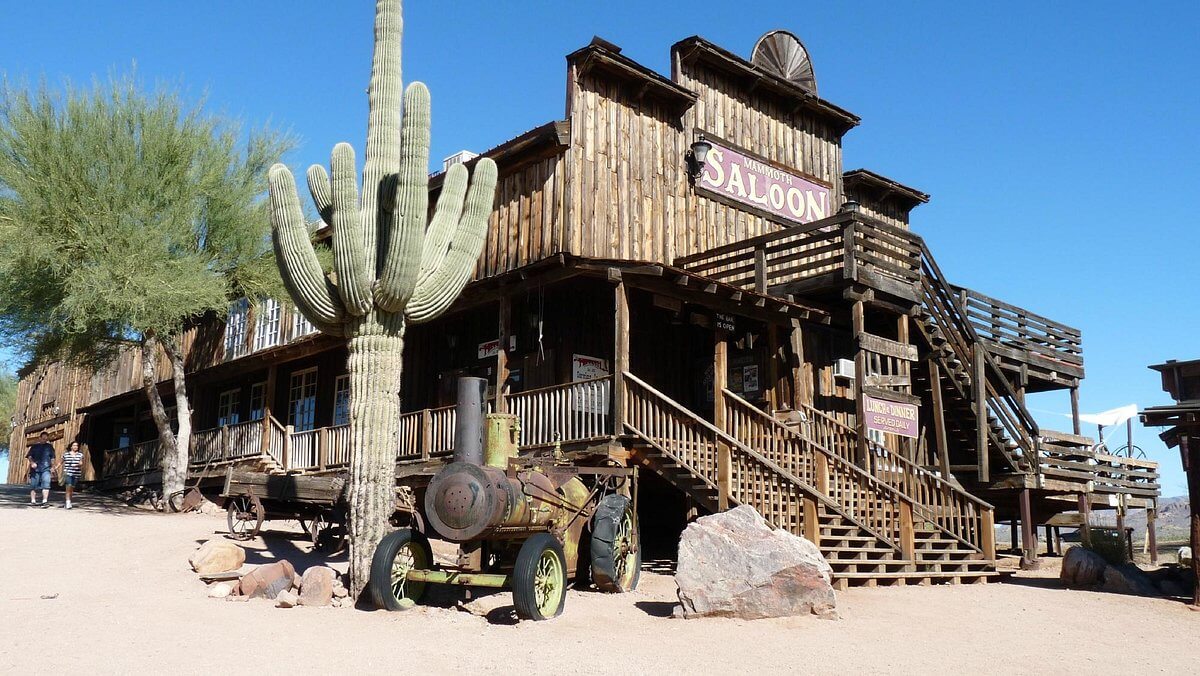
In the late 1800s, hopeful miners set up house and home in Goldfield. But, like every other mining town on this list, the golden period wasn’t meant to last. By 1989, most of the mines were dried up and people moved on to new beginnings.
Right around the time the residents were throwing in the towel, the state swooped in because it saw a money-making opportunity. Today, it’s a tourist attraction filled with horseback rides and a museum inside an authentic saloon. It’s incredibly well-preserved and ready to introduce you to some of its former residents.
St. Elmo, Colorado
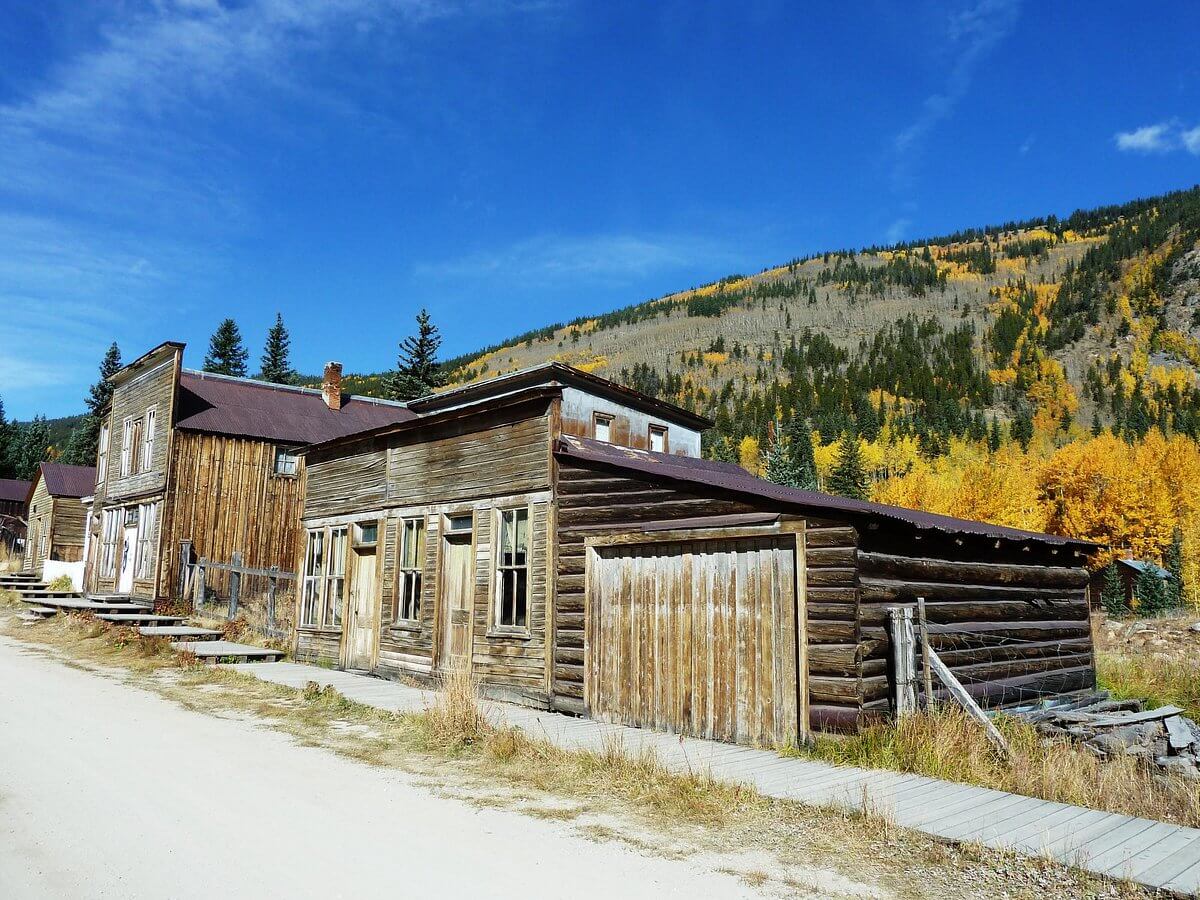
It really makes for an interesting study – why so many mining towns couldn’t sustain their glory days. St. Elmo was founded in 1880 and became home to nearly 2,000 people. Here, too, men worked in the gold and silver mines every day.
By the 1920s, things were so bleak, even the train stopped coming to town. That said, St. Elmo is one of the best-preserved ghost towns, making it well worth a visit. As you walk these haunted streets, it showcases one of the best examples of a formerly booming community.
Ashcroft, Colorado
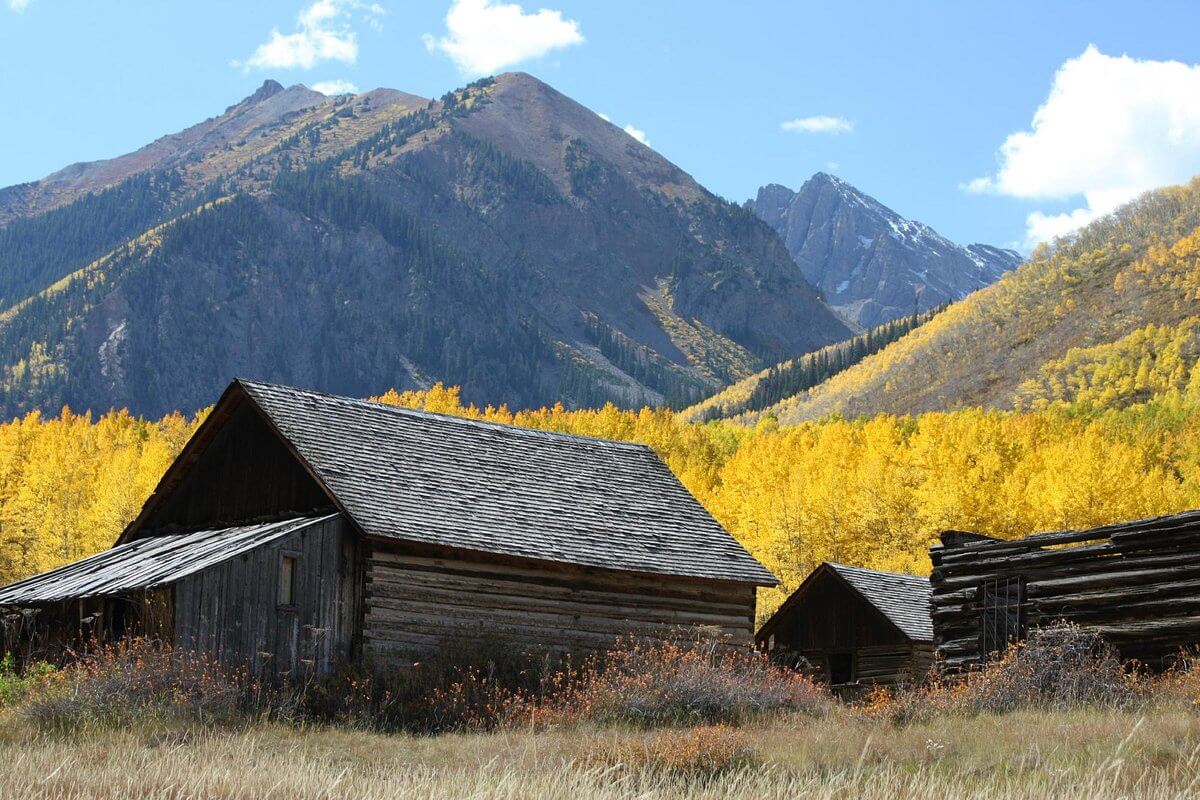
Here, we have another silver mining town that experienced an impressive boom and a swift decline. Although the town was founded in 1880, it only took five years for folks to throw in the towel.
Ashcroft went from a thriving community with more than 3,500 residents and 20 watering holes to a mere 100 hopefuls by the end of 1885. You can still stroll these haunted streets and see how many of the wooden structures are still intact.
Terlingua, Texas
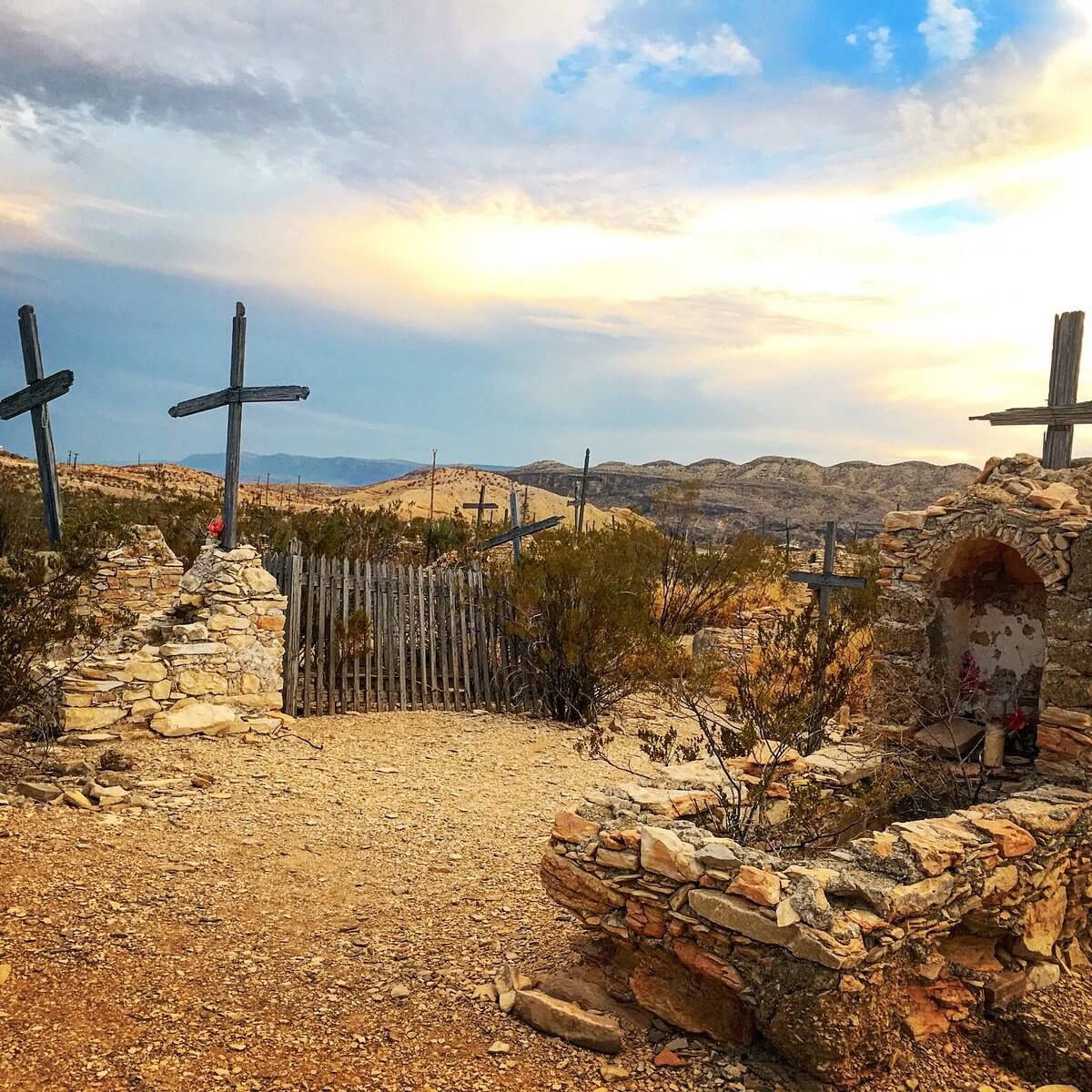
You know that a state as big as Texas couldn’t escape a ghost town or two. Terlingua is an interesting one because people came here to mine cinnabar, the resource that metal mercury is extracted from. In the mid-1880s, this was the place to be, with over 2,000 people calling it home.
As soon as the mines ceased to serve a purpose, so did the town’s blossoming streets. Today, however, a few dozen people still call it home. You can swing through on your way to Big Bend National Park because the locals are still happy to sell you a trinket or two along your way.
Thurmond, West Virginia
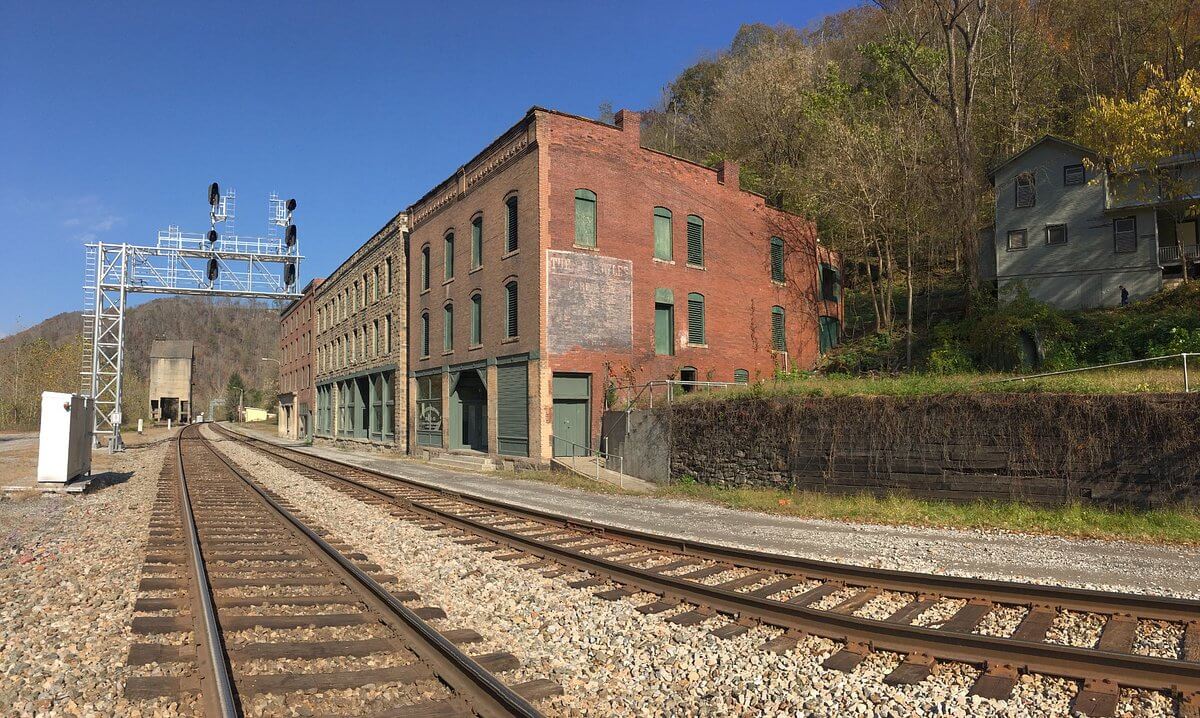
The East Coast isn’t free of paranormal activity. Over in West Virginia, Thurmond once had a boom of its own, thanks to the coal mining industry. What’s fascinating about this town’s history is that, in 1901, a resort opened. People traveled from all over the country to luxuriate in its rooms.
Sadly, it burned down in 1930, beginning the collapse of this once-thriving town. Residents tried to keep things afloat until they met their fate in 1950 and had to abandon it completely. You can still roam the streets today and wonder what a simpler life in a simpler time might’ve felt like.
Where Will You Visit?
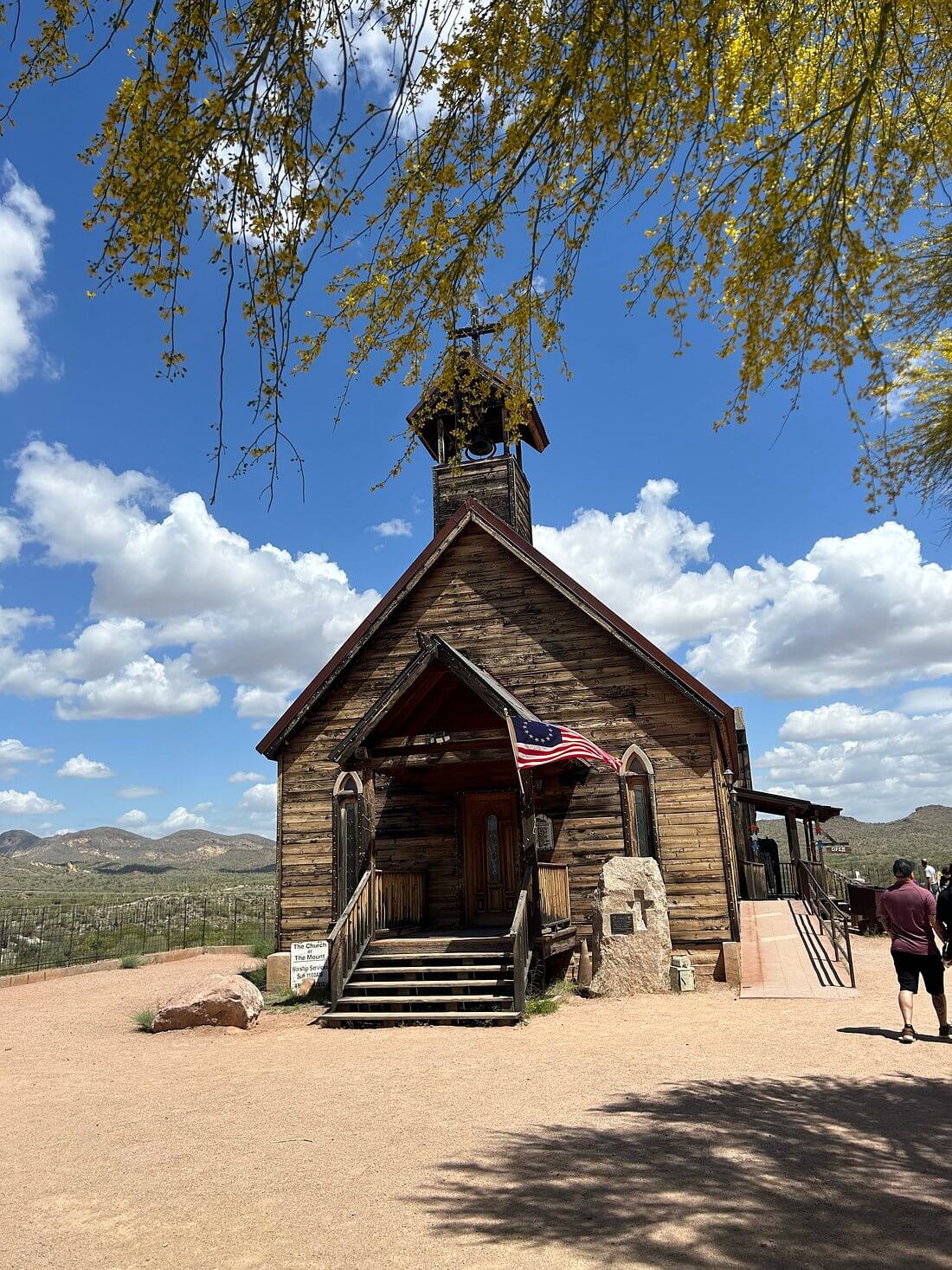
Which ghost town will you wander through first? It’s an interesting thought – not knowing who or what you might meet in these dusty old towns. As you gaze upon bottles and books from the 1800s, you’ll wonder about the stories of the former residents and where they went when their hopes and dreams were crushed.
Wherever you travel to next, we have a destination guide to help you design the perfect getaway, whether you’re in pursuit of a handshake from a ghost or an all-inclusive resort somewhere else in the world.
